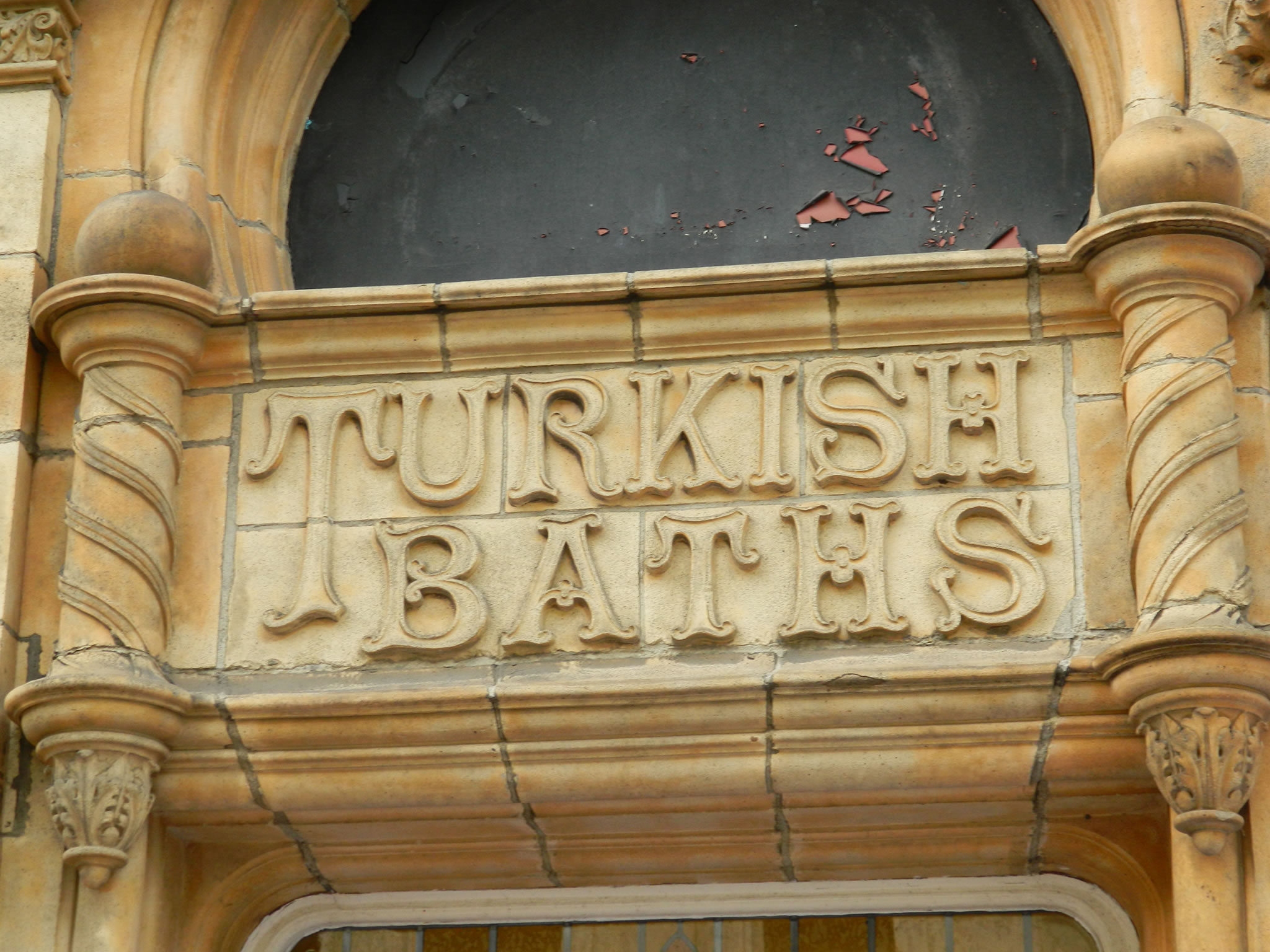Miller Arcade
Miller Arcade, Lancaster Road
Miller Arcade, on Fishergate (also Birley Street, Jacson Street & Lancaster Road), has been in partial use. This has ensured its safety, but there could be so much more made of it – think Victoria Arcade Leeds. Repairs and work needed in the upper part of the building.
Preston’s historic first indoor shopping centre is now a far cry from the popular destination it once was. The Lancashire Post found out what the future holds for the Grade II listed building.
Miller Arcade History
Miller Arcade, Preston – A Victorian Landmark
Miller Arcade is one of Preston’s most distinctive landmarks, a late-Victorian shopping arcade that still draws the eye with its ornate terracotta frontage and glazed interior walkways. Opened at the end of the nineteenth century, it was intended to give the growing town an air of metropolitan sophistication, echoing the grand covered shopping streets of London.
The project was commissioned by Nathaniel Miller, a Preston dentist with the means and vision to create a new type of shopping environment for the city. He held a design competition in the 1890s, and work began soon after. The arcade was completed in 1899. Its inspiration was Burlington Arcade in London, though Preston’s version carried its own character: three storeys high, with richly modelled terracotta elevations and a central glazed roof lighting a tiled shopping passage below.
The site chosen was already long established for trade, replacing the old “Shambles” of small butchers’ stalls and shops. From the outset, Miller Arcade was planned as more than just a row of shops. At street level, there were well-appointed retail units; above, offices, a hotel and accommodation were provided, while leisure amenities were incorporated in the basement. Among the most unusual of these were Turkish baths, which operated for the first half of the twentieth century and became a well-remembered feature of the building. A ballroom and meeting rooms were also provided at various times, reflecting how Victorian arcades often mixed commerce with recreation.
Over time, the arcade has undergone changes. Decorative corner turrets were removed in the early twentieth century, and like many city-centre premises, upper floors have seen varied use and periods of vacancy. The ground floor, however, has remained in near-continuous occupation, adapting to changing retail fashions. Restaurants, cafés and specialist shops now line the tiled passage that has welcomed Preston shoppers for over a century.
In recognition of its architectural and historic value, Miller Arcade was granted Grade II listed status in 1979. This protects its richly detailed façade and interior fittings, ensuring that any alterations respect its character. Conservation remains an ongoing concern, particularly for the largely unused upper floors, but the building continues to serve as both a shopping destination and a reminder of Preston’s late Victorian ambition.
Today, Miller Arcade stands not just as a commercial space but as a piece of living heritage. Its combination of architectural flourish and social history — from Turkish baths to twenty-first century dining — captures something of the changing story of Preston itself. For many local people, it remains a favourite place to meet, shop and explore, while for visitors it offers a glimpse into the city’s proud past.
Nathaniel Miller rose from very humble beginnings to be Mayor of Preston in 1910 and 1911. He was involved in public life for 45 years. Nathaniel Miller and his family were very influential in the life of Preston, particularly during the late 19th and early 20th centuries. He had a significant impact on health care as well as his civic roles.


